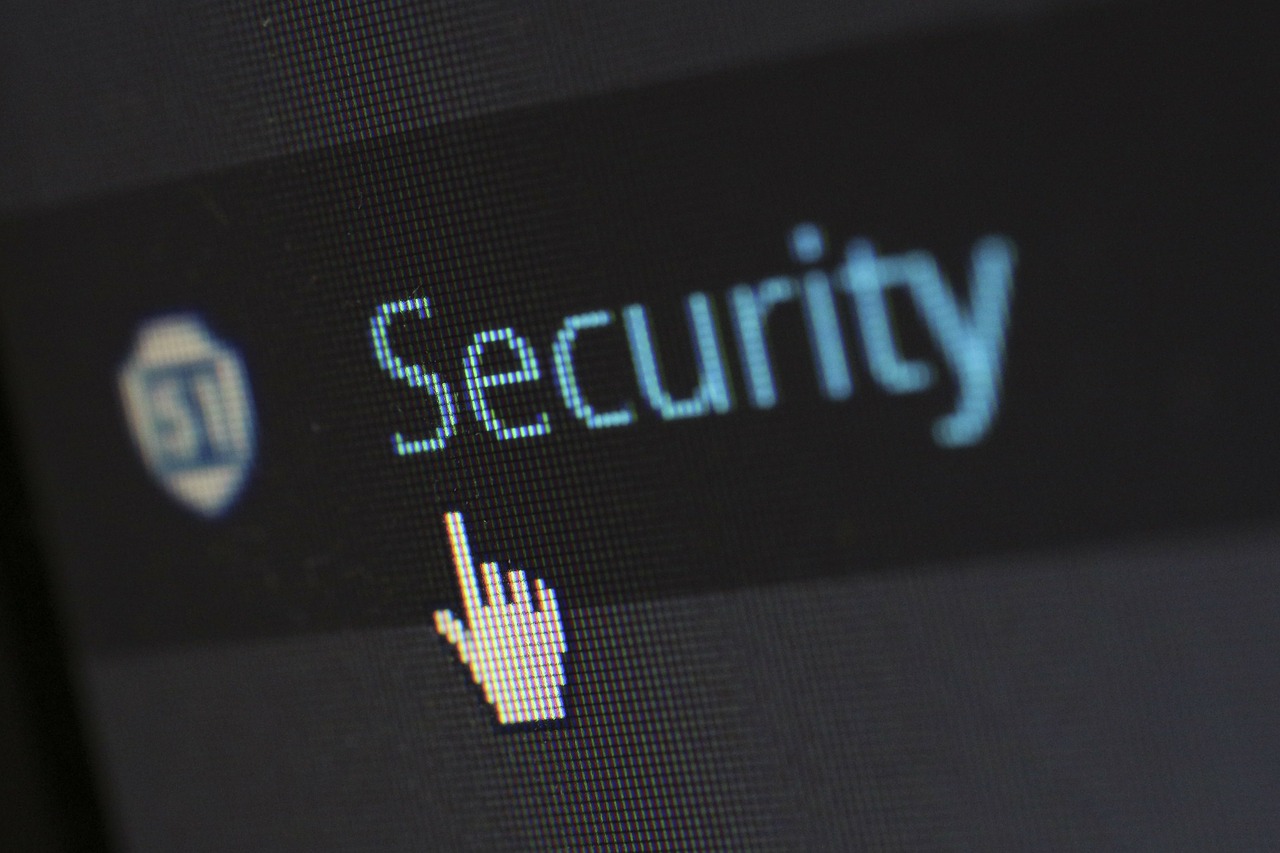Identity theft and credit card fraud affect a vast number of Americans each year. It is estimated by Bankrate.com that up to 41 million Americans have already had their identity stolen, and an additional 49 million people know someone that has been a victim. This boils down to 2 out of every 5 US citizens being directly affected by this epidemic. The global research and advisory firm Aite Group suggests that credit card fraud will reach $4 billion this year. Given the widespread nature of this hacking, it is important to know how it occurs and how to protect yourself.
Learn about the three most popular methods
PHISHING
In the case of phishing, a hacker calls or emails you and tricks you into giving away your financial information. Hackers impersonate legitimate businesses, government organizations, credit card companies, or even your bank to request data such as passwords and account numbers. Often times these hackers will claim that your credit card has been breached or that you have a debt that needs to be settled in order to get you to cooperate.
Here’s how to protect yourself
NEVER give away personal or financial information through email, over the phone, or via text. Legitimate companies will not ask for this information via these methods. Also, do not download links from suspicious emails or fill personal information into websites that these emails may direct you to. Reach out to the company directly if you are unsure.
HACKING
Sometimes hackers are able to obtain your credit card information by hacking the database of businesses from which you have made purchases. Oftentimes these numbers are heavily encrypted and unusable, however occasional security flaws do allow the hackers to obtain large amounts of credit card numbers.
Here’s how to protect yourself
Unfortunately, there isn’t much that you can to prevent this from happening. Some companies do allow you to store your credit card number on their website for future use. While this may seem convenient, it is best to refrain from saving your number as this provides hackers with additional ways to obtain your information.
SKIMMING
Hackers have also found a way to physically obtain your credit card information by installing electronic devices called skimmers on ATMs or gas pumps. When the card is placed into the card reader it also passes through the skimmer, allowing the information to be captured and stored.
Here’s how to protect yourself
Always inspect card readers for signs of tampering, and do not use a machine that looks suspicious. When possible, use chip readers.
For more information about how FirstOak Bank protects you from these attacks, learn more about our our new service: SiteLock
https://www.firstoakbank.com/resources/fraud-prevention/securelock/
Also read more about our mobile fraud prevention tips
https://www.firstoakbank.com/online-services/electronic-banking-tips/
You can also read more about how FirstOak handles your private information by reading our disclosures
https://www.firstoakbank.com/resources/disclosures/

